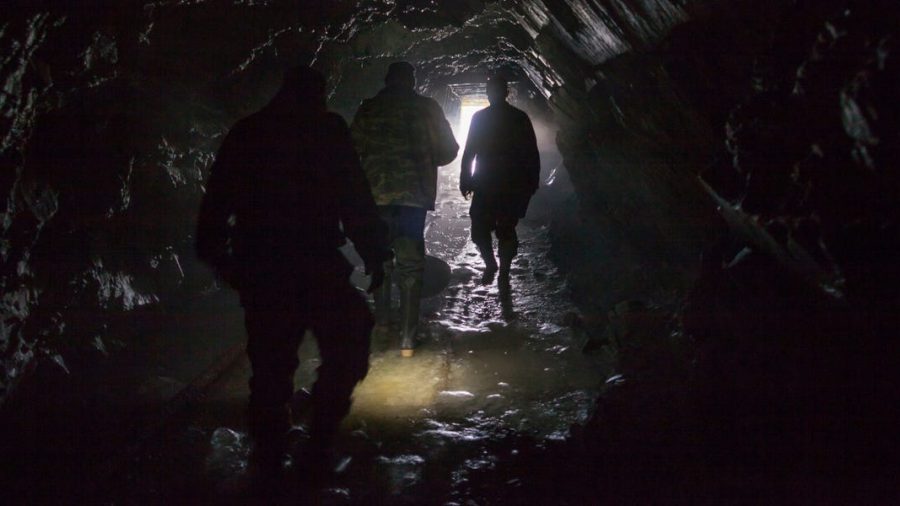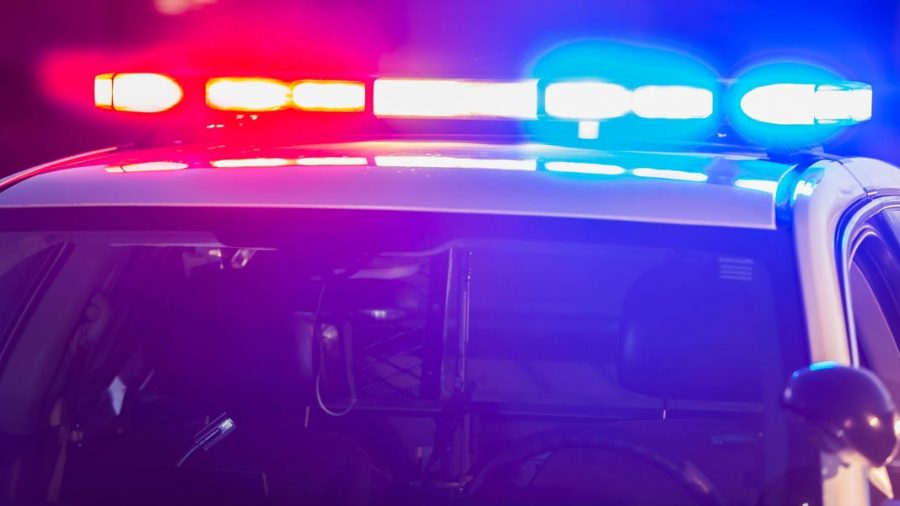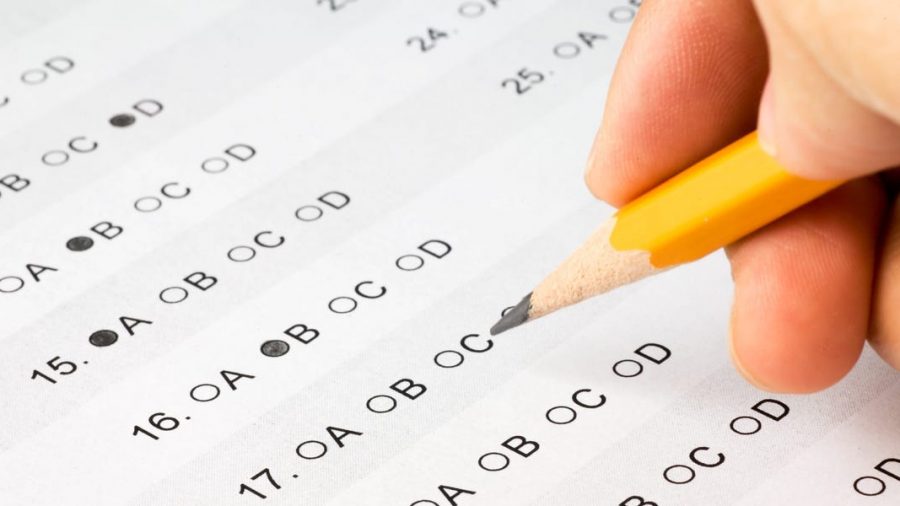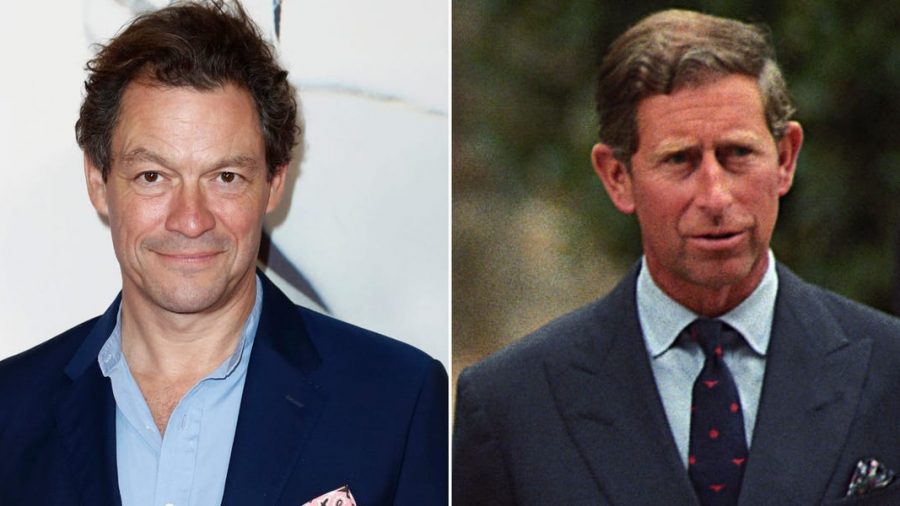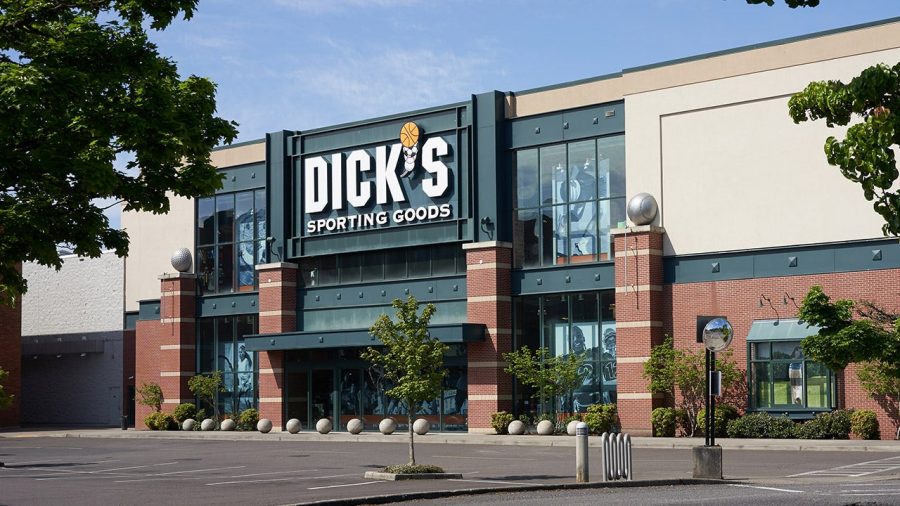Detroit officials want to transform a portion of a mile-long freeway into a slower-moving boulevard in a $300 million project that will link those neighborhoods and reduce highway pollution, nearly 60 years after the interstate uprooted two vibrant Black neighborhoods in Detroit. The 2021 bipartisan infrastructure law grant cash of $104.6 million was given to Michigan last month by the Biden administration to aid with the project.
The city’s Paradise Valley area, which was close to Black Bottom and had a large concentration of Black-owned businesses, functioned as the town’s commercial and entertainment hub. When the city constructed Interstate 375 in 1964 as a part of the nation’s interstate highway program, which established more than 40,000 miles of interstates across the United States — razing homes, crippling communities, and sustaining inequality in the process — approximately 100,000 Black residents were forced to leave the area.
According to Antoine Bryant, director of planning and development for Detroit, “it’s a physical barrier that divides up a community or isolates one community from another.” We want to make sure that we are correcting a policy mistake from, essentially, 60 years ago. It’s a critical undertaking. The hub for African American culture, housing, and marketing was destroyed, and many African Americans in the city lost their generational wealth as a result.
The project, which is scheduled to begin construction in 2024, will fill the highway’s trench and include amenities like bike lanes, bigger sidewalks, and pedestrian crossings, according to Bryant. “We can’t ignore the basic truth that some of the planners and politicians behind those projects built them directly through the heart of vibrant, populated communities — sometimes in an effort to reinforce segregation,” Transportation Secretary Pete Buttigieg said over the summer, acknowledging the detrimental effects of the 1956 highway program when launching the grant initiative. Sometimes because they were unable to mount as strong of an opposition. And occasionally as a direct element of a campaign to relocate or eradicate Black areas.
In cities across the nation, people are familiar with the tales of Paradise Valley and Black Bottom. According to the U.S. Department of Transportation, the Federal-Aid Highway Act of 1956 caused the displacement of about 475,000 houses and 1 million individuals between 1957 and 1977. Many citizens are pressing state and city leaders to address prior decisions to construct highways that have severely impacted Black and Latino neighborhoods as they deal with the nation’s deteriorating roads today, decades later. Advocates across the nation trying to stop highways from being built or expanded through Black and Latino areas argue that what others may consider a history to be reckoned with is an ongoing injustice.
According to AA5, Stop TxDOT I-45 activists in Houston are asking with the state to abandon plans to widen Interstate 45 by adding lanes in both directions from downtown Houston to the Sam Houston Tollway. Air pollution and flooding are only two of the many environmental and social issues that would arise from widening the highway. According to to NBC affiliate KXAS, the proposal would destroy 1,400 homes and relocate at least 300 companies that collectively employ more than 24,000 people. Expanding in the area, according to Stop TxDOT I-45 activists, would harm the largely Black and Latino neighborhoods along the corridor.
When Kendra London learned of the state’s plans to widen I-45, she joined Stop TxDOT I-45 three years ago. She claimed that during the construction of Interstate 10 in the 1970s, her family, who had lived in the Fifth Ward for years, was uprooted. She is therefore aware of how bad highway projects are. She was told tales as a child about her grandmother learning she would no longer have a backyard when she got home from work because of highway expansion.
The Texas Department of Transportation, according to London, 41, “displaced residents here in ’73; they’re going to do it again here in ‘2022. She called attention to two public housing communities scheduled to be removed signs for the widening of the motorway. “It will devastate Clayton Homes, and Kelly Village’s rear will be destroyed. The locals are unsure of their next steps.
A request for comment from representatives of the Texas Department of Transportation was not promptly fulfilled. However, Veronica Beyer, a TxDOT spokesman, told the Houston Chronicle that the expansion is required. “The truth is that as more people relocate to Texas, our highways will get busier. Without more space, more traffic will overflow into nearby homes and local streets, according to Beyer.
Residents of Allendale, Louisiana, which is about 350 miles distant, are fighting to halt the I-49 Inner City Connector Project, which would extend a 3.6-mile section of I-49 through the tiny, 2021 bipartisan infrastructure law0 in Shreveport. A member of the 2021 bipartisan infrastructure law1 advocacy organization, Dorothy Wiley, said that she has been in Allendale for more than 15 years after leaving New Orleans in the wake of Hurricane Katrina.
The link would obliterate the park and cross a bayou, according to Wiley. “All the residences here would be destroyed, along with several businesses and churches. And living 500 feet from a freeway brings on preterm labor, heart problems, and asthma. Let’s make investments in the communities that these roads have threatened. We are able to help more communities.
The proposed route would link I-49 to I-49 North, 2021 bipartisan infrastructure law2 for the project, at the I-20 junction in Shreveport. Since at least 2009, state officials have been developing the strategy. Allendale Strong, though, has not been included in discussions regarding the idea, according to Wiley. “Allendale Strong does not participate in the process with an equal voice. We are treated as if our existence is meaningless. They disregard our well-informed advice,” she stated.
But some people are happy about the connector. The connector would improve access to Allendale and promote economic growth, according to Bruce Roberts, head of the North Shreveport Business Association (AA13). Because they cover a larger area, “you’ll see developments grow up there and businesses pick up there. I believe that we need to look at the bigger picture in this situation,” he stated.
A request for comment was not immediately answered by the Louisiana Department of Transportation and Development or the Northwest Louisiana Council of Governments.
The 2021 bipartisan infrastructure law4, a coalition of organizations arguing for the demolition of destructive highways and pleading with local authorities not to widen or construct new ones, is made up of more than 70 organizations from throughout the nation. Stop TxDOT I-45 and Allendale Strong are only two of these organizations. The McGrath Highway in Sommerville, Massachusetts, and Interstate 81 in Syracuse, New York, two other highway-to-boulevard projects, are close to breaking ground, according to Ben Crowther, who oversees the network. These initiatives aim to reduce pollution and social harm by converting outdated highways into slower-moving streets. From Maine to California, groups are waging their own conflicts with local and state authorities over these motorways, which, according to Crowther, shows that freeways that devastate and pollute Black and Latino neighborhoods are still a problem today.
Crowther explained how the network came to be: “At the same time as we’re attempting to fix damage that we’ve caused, we also need to stop causing new damage.” We hadn’t actually ceased constructing new motorways, which continue to have a negative impact on communities, primarily communities of color. To urge the public and the federal government to address some of the damages the highway system has caused and to stop creating more damage, we wanted to bring all these local coalitions together.
Crowther praised the funding and assistance provided by Biden’s infrastructure proposal as a significant step in the right direction, but he urged policymakers to consider alternatives to just tearing down highways. The city of Detroit must think about how it will rebuild the neighborhood even after Interstate 375 is gone, according to Lauren Hood, chair of the planning committee. Before locals informed officials of the situation, Hood argued that it’s unlikely that officials had even thought about the destroyed village when making plans to remove the freeway. Hood recounted going to a Michigan Department of Transportation public hearing in 2021 where officials talked about a new boulevard’s walkability but “didn’t mention Black Bottom once.”
She asserted that the inclusion of the demolished Black community in the I-375 design was most likely spurred by “negative feedback” from the participants who were upset that Black Bottom had not been mentioned earlier.
Hood emphasized the Black neighborhoods impacted by the freeway and said, “We should be thinking about long-term restoration.” “There is something owed to us that will always remain. not merely a one-time gift. We require power as well as remuneration, therefore it shouldn’t only be money. In order to prevent something similar from happening again, we also need to be able to hold agencies accountable.
Follow
NBCBLK
Regarding 2021 bipartisan infrastructure law5, 2021 bipartisan infrastructure law6, and 2021 bipartisan infrastructure law7.




